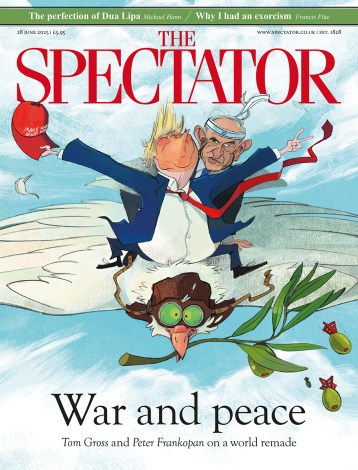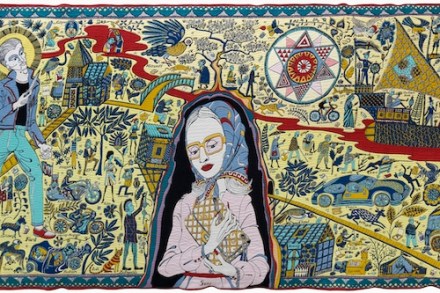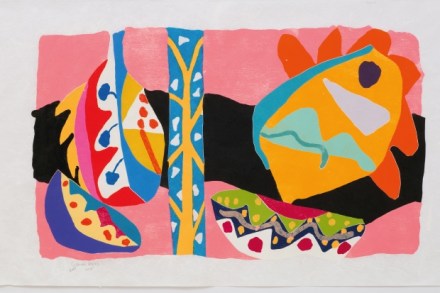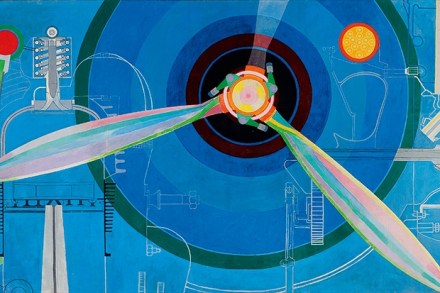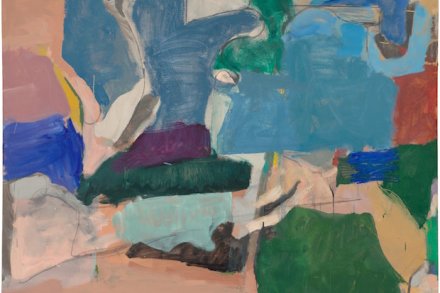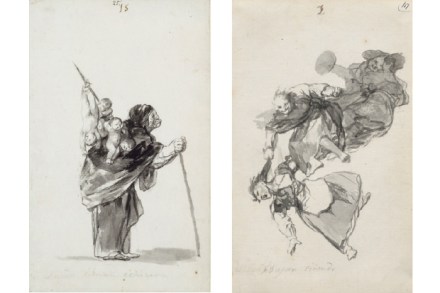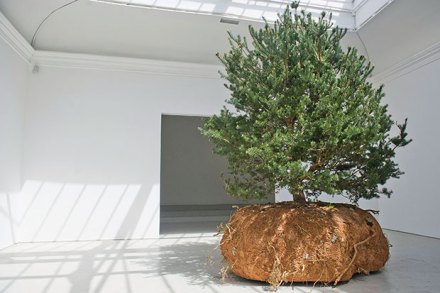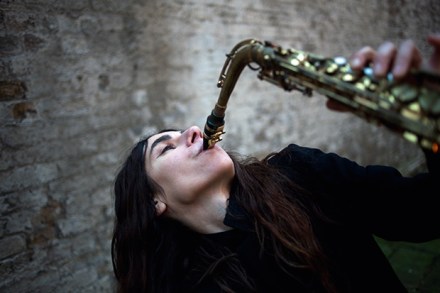Thinking inside the box
Someone once asked Joseph Cornell who was his favourite abstract artist of his time. It was a perfectly reasonable question to put to a man who numbered Piet Mondrian, as well as other masters of modernism, among his acquaintance. But, characteristically, Cornell veered off at a tangent. ‘What’, he replied, ‘do you mean “my time”?’

